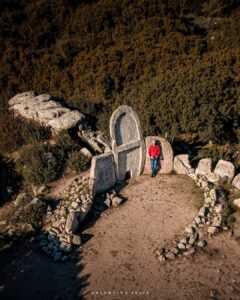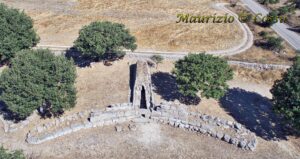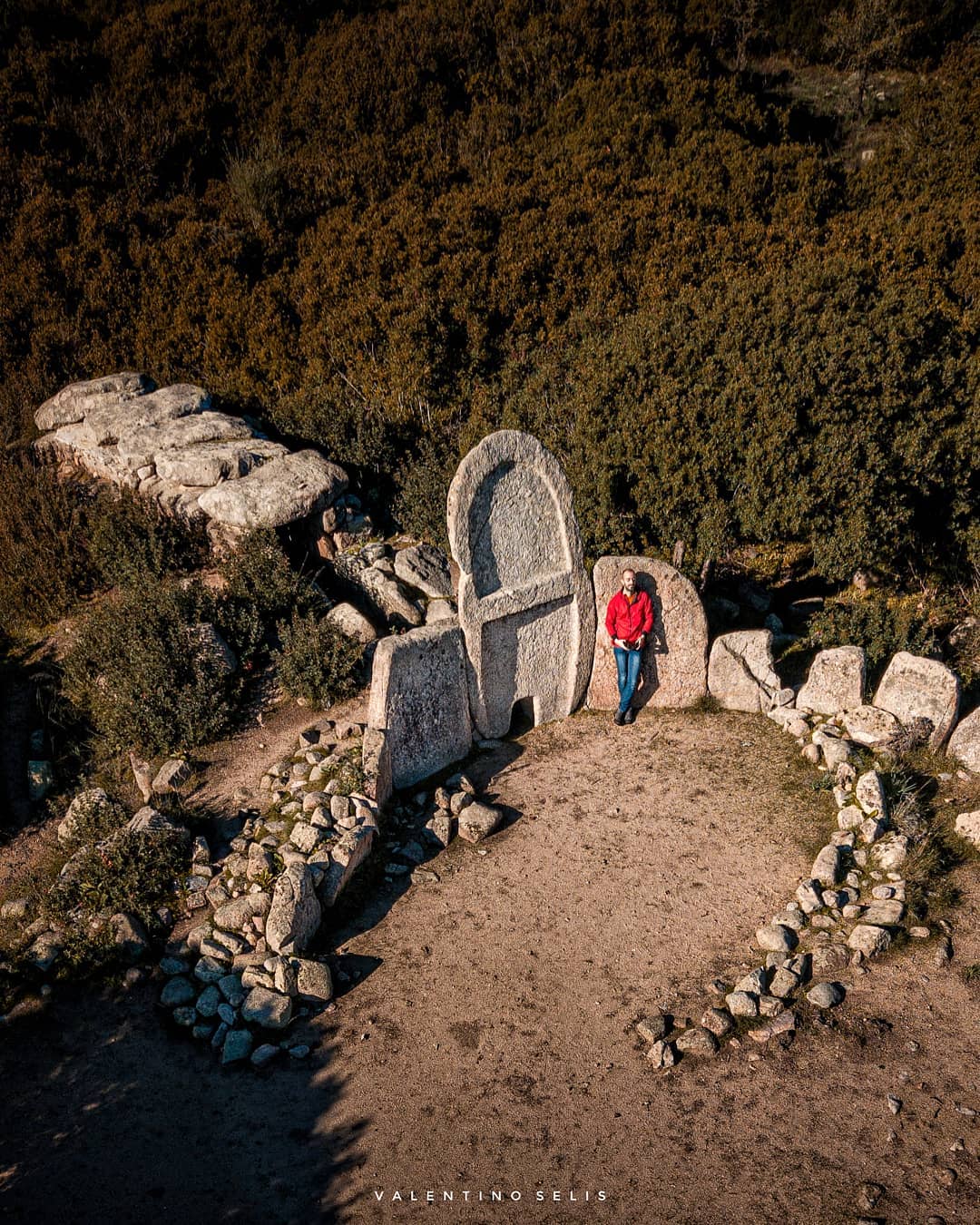In the book “La religione primitiva in Sardegna” (1912), Raffaele Pettazzoni, the leading Italian historian of religions, wrote: “What was the purpose of incubation? That for the Sardinians it was a therapeutic purpose is explicitly stated by another commentator of Aristotle, Filipono; and he adds that they lay near the tombs for five days: Aristotle, in fact, cited the example, for him legendary, of the Sardinians as typical of a sleep so deep that it deprived man of any awareness of time.” And Simplicio adds that the Sardinians went to the tombs of the heroes to sleep long undisturbed sleeps, similar to those heroes who seemed to sleep but were dead. Incubation was therefore intended to drive away terrible apparitions, nightmares, visions. To remove any doubt in this regard, Tertullian states that there is mention in Aristotle of a hero from Sardinia who freed those who slept near his sanctuary from visions. According to the archaeologist Paolo Melis (“Civiltà Nuragica”), complex funeral rites in honor of the deceased took place near the giant’s tombs, which probably did not limit themselves to the moment of deposition but were repeated multiple times at certain moments or anniversaries: indeed, in Nuragic religion, the cult of the heroized and deified ancestors was of great importance, as some classical authors report, recalling the custom of the Sardinians to sleep near the tombs of their ancestors for magical and therapeutic purposes. In the front exedra of the giant’s tombs, it seems possible to recognize the space designated for these ritual incubations. Finally, it is read in a “brebu”: “A su mancu una borta in sa vida bàndidi s’homini in galazzoni; scetti in custu viaggiu d’ogniunu ada connosci sa beridadi” (At least once in life, man should enter a trance; Only in this ‘journey’ can each one know the truth).
And Simplicio adds that the Sardinians went to the tombs of the heroes to sleep long undisturbed sleeps, similar to those heroes who seemed to sleep but were dead. Incubation was therefore intended to drive away terrible apparitions, nightmares, visions. To remove any doubt in this regard, Tertullian states that there is mention in Aristotle of a hero from Sardinia who freed those who slept near his sanctuary from visions. According to the archaeologist Paolo Melis (“Civiltà Nuragica”), complex funeral rites in honor of the deceased took place near the giant’s tombs, which probably did not limit themselves to the moment of deposition but were repeated multiple times at certain moments or anniversaries: indeed, in Nuragic religion, the cult of the heroized and deified ancestors was of great importance, as some classical authors report, recalling the custom of the Sardinians to sleep near the tombs of their ancestors for magical and therapeutic purposes. In the front exedra of the giant’s tombs, it seems possible to recognize the space designated for these ritual incubations. Finally, it is read in a “brebu”: “A su mancu una borta in sa vida bàndidi s’homini in galazzoni; scetti in custu viaggiu d’ogniunu ada connosci sa beridadi” (At least once in life, man should enter a trance; Only in this ‘journey’ can each one know the truth). The photos of the giant’s tombs of Madau in Fonni and S’Ena ‘e Thomes in Dorgali are respectively by Maurizio Cossu and Valentino Selis.
The photos of the giant’s tombs of Madau in Fonni and S’Ena ‘e Thomes in Dorgali are respectively by Maurizio Cossu and Valentino Selis.

